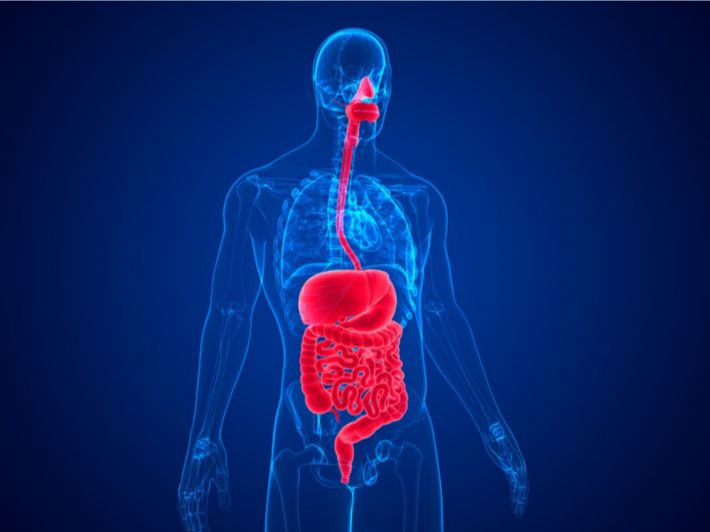
Digestive system and endoscopy

Digestive system and endoscopy
Gastrointestinal and endoscopy procedures aim to detect problems and diseases that may affect the digestive system in any of its parts and then adopt the most appropriate treatment according to the diagnosis. Gastroenterologists rely on endoscopy for most of the procedures used, which is a procedure that relies on the use of a long, thin tube equipped with a light and a small camera that allows the surgeon to view the internal organs of the digestive system through a color screen that he monitors during the procedure. It makes the pre- and post-operative procedures easier for the patient and gives him a faster recovery period, often with better results.
services of
Digestive system and endoscopy
gastroscopy
Gastroscopy is a procedure used to visually examine and see the upper digestive tract with a small camera located at the end of a long, flexible tube that enters through the mouth and pharynx.
A doctor who specializes in gastroenterology uses endoscopy to diagnose and sometimes treat diseases affecting the esophagus, stomach and the beginning of the small intestine (duodenum).
Endoscopy can be done in a doctor's office, in an outpatient surgery center or in a hospital. It is also called gastroesophageal ethnoscopy.
colonoscopy
Cleaning the large intestine is essential for a colonoscopy, so adhering to the diet described below for two days allows cleaning the intestines and performing the procedure successfully. Remember that it is not possible to perform a colonoscopy on a soiled intestine, and it may lead to some diseases not being seen as the camera image will lose clarity in these parts.
If the intestines are cleaned properly by following the prescribed diet, endoscopy can be performed without any problems. For an appropriate evaluation of the colon, there should be no stool left in the large intestine. Therefore, it is very important to adhere to cleaning the intestines.
gastroscopy and colonoscopy
Procedures that examine the esophagus, stomach, duodenum and large intestine using a camera. The optimal way to evaluate these organs is endoscopy. In most centers there is an anesthesia team in the endoscopy unit. In this way, both gastroscopy and colonoscopy can be performed while you sleep and you won't remember the procedure. Thus, it will be very convenient. You will not feel pain, aches or discomfort during the procedure.
Endoscopy using capsule
Capsule endoscopy is a procedure that uses a small wireless camera to take pictures of the digestive tract. A capsule endoscopy camera is located inside a capsule the size of the vitamin capsule it swallows. As the capsule travels through the digestive tract, the camera captures thousands of images sent to a recording device you wear on a belt around the waist that capsule endoscopy helps doctors see inside the small intestine — an area that isn't easily accessible through traditional endoscopic procedures. Traditional endoscopy involves passing a long, flexible tube with a video camera into your throat or through your rectum.
Endoscopic retrograde cholangiopancreatography
It is a method that combines the use of endoscopy and fluorescence endoscopy to diagnose and treat some problems of the bile duct system and the mitochroid ducts. Through the endoscope the doctor can watch inside the duodenum and stomach and inject dyes into the tree of the gallbladder and pancreatic ducts so that they can be viewed by X-ray.
This technique is mainly used to diagnose and treat bile duct injuries, including bile stones, infections (scarring), leaks (from wounds and surgery) and cancer. This method can be used for diagnostic and therapeutic purposes. Although safe, non-invasive (non-surgical) diagnostic techniques such as magnetic resonance pancreatic imaging and ultrasound endoscopy are advanced, endoscopic pancreatic imaging in the way back now is rarely inadvertently used as a treatment.
